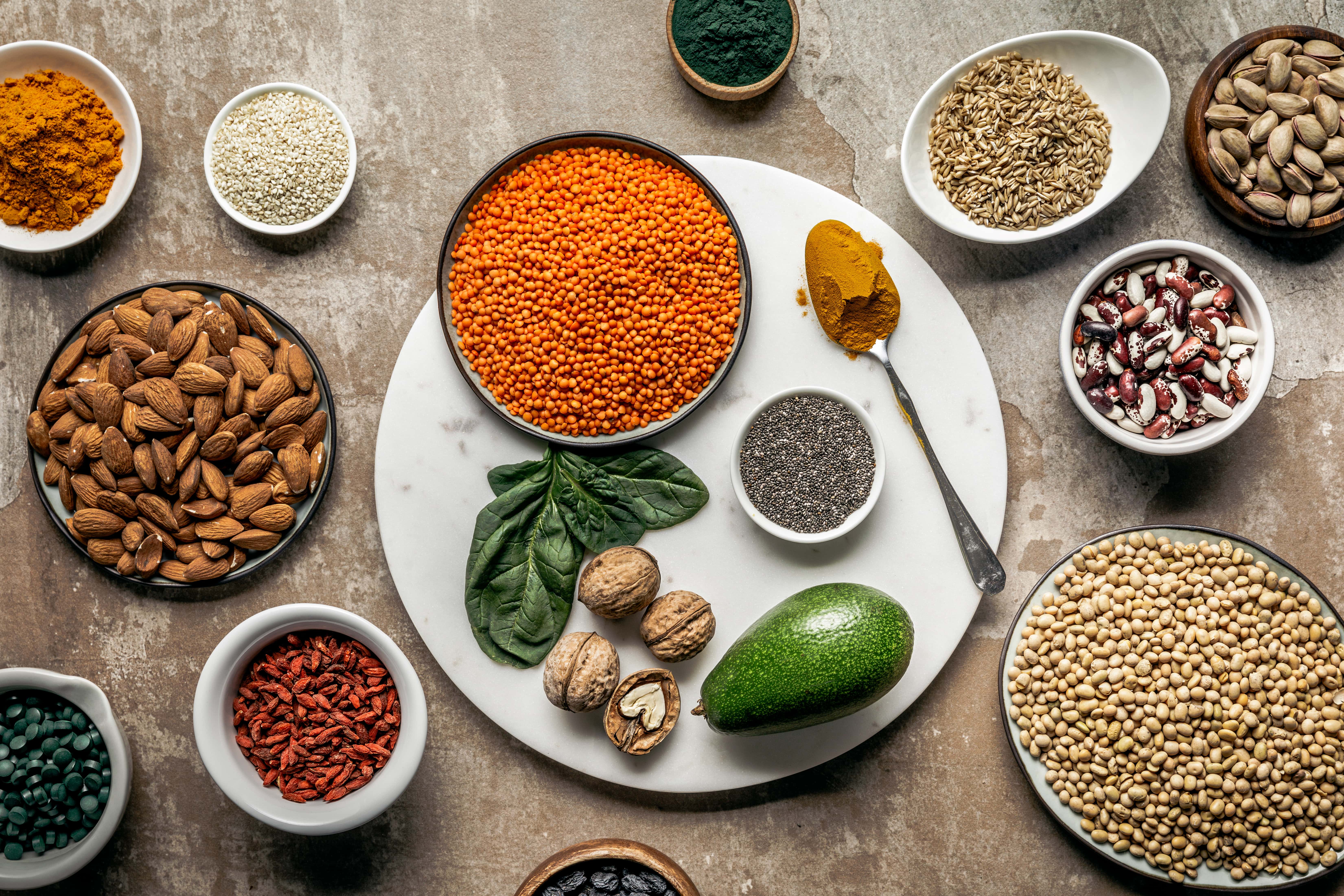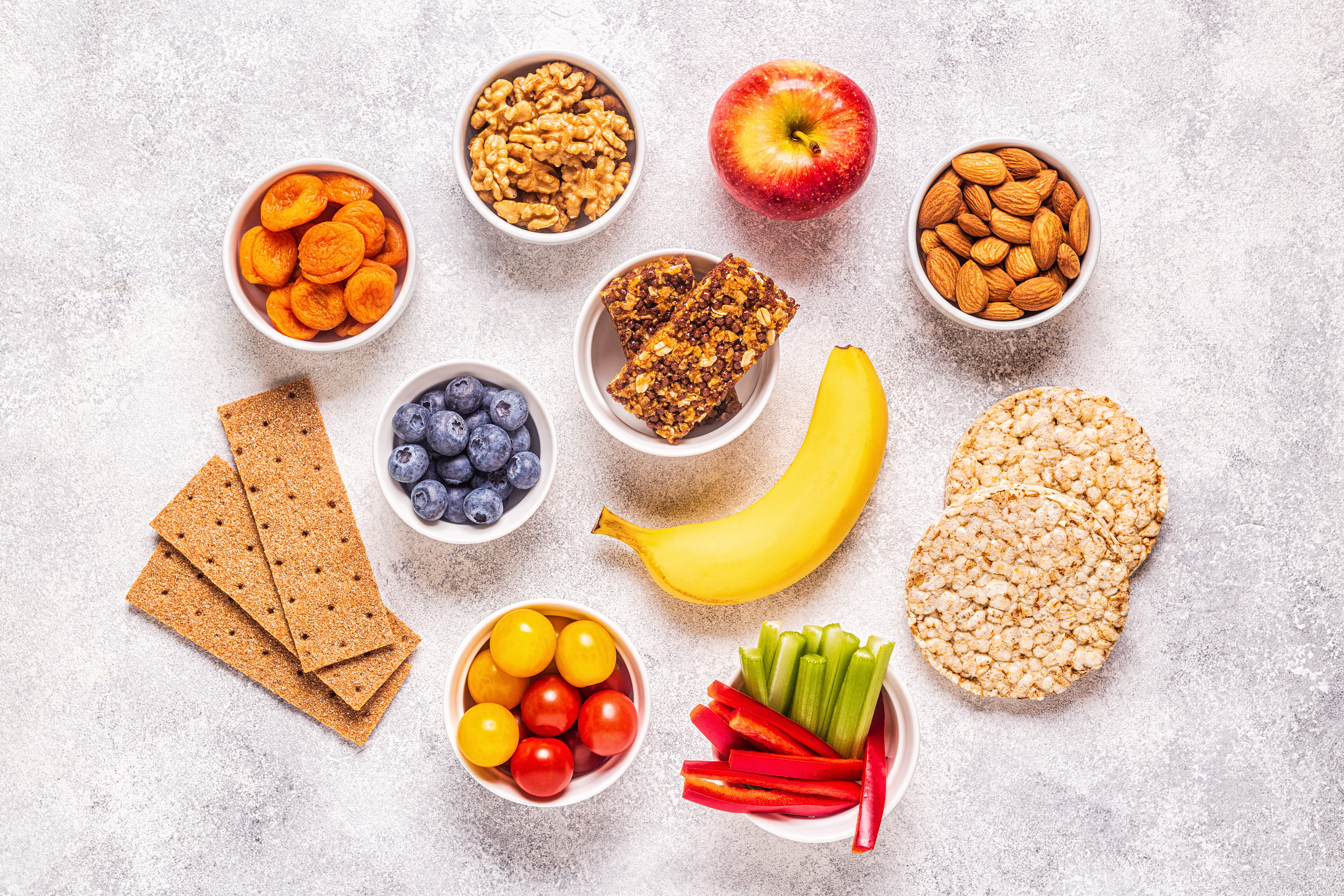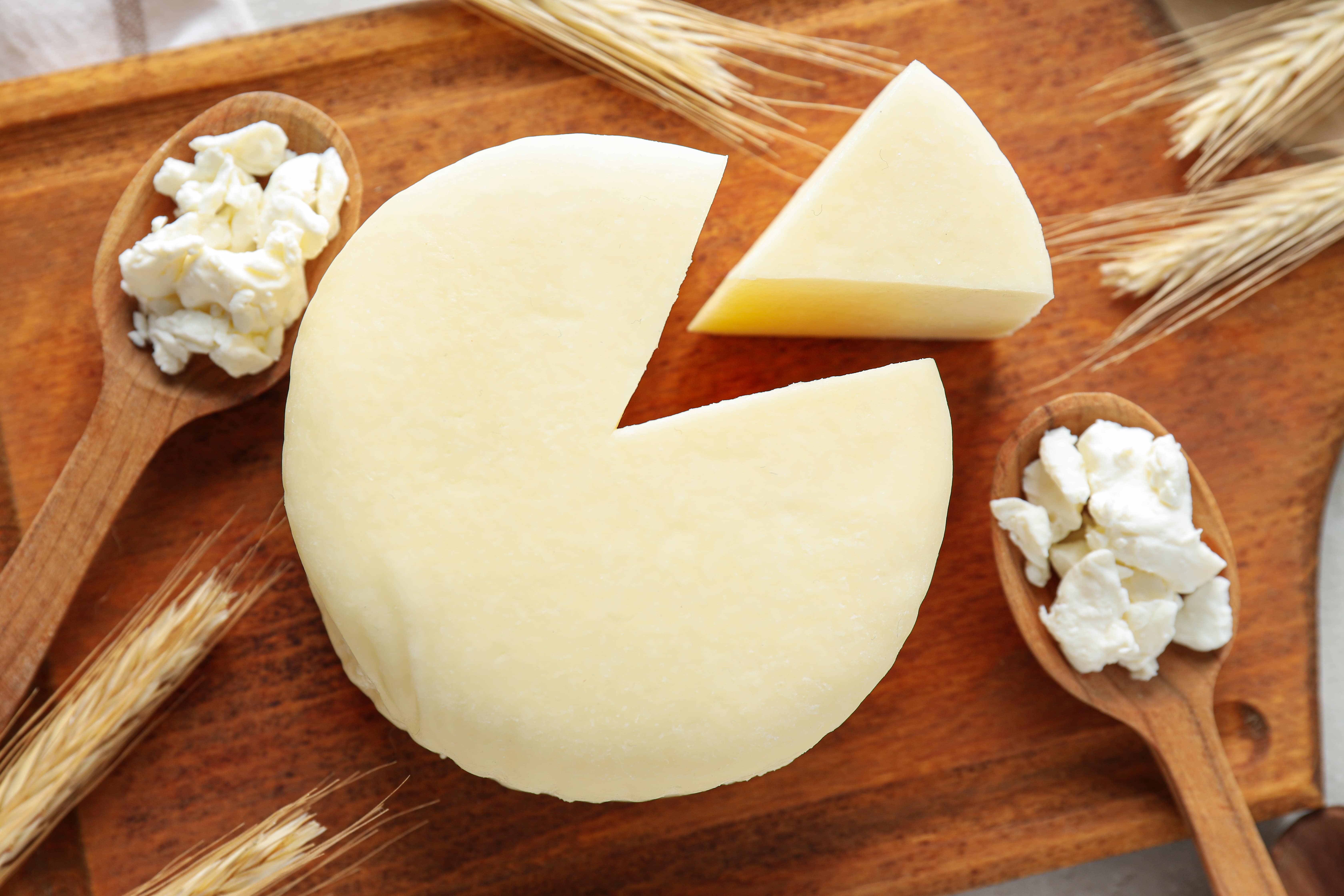Last Updated on November 10, 2025 by Admin
Table of Contents
- Turmeric: The Golden Healer
- Moringa: The Miracle Tree
- Amla (Indian Gooseberry)
- Ashwagandha: The Natural Adaptogen
- Ghee: Clarified Butter with Benefits
- Millets – Ancient Grains with a Modern Twist
- Coconut: The Flexible Health Food
- Jackfruit: The Plant-Based Meat Replacement
- Triphala: The Detoxifying Blend
- Curry Leaves: The Aromatic Healer
- Benefits of Superfoods
- India’s Global Influence
- Conclusion
There has been a growing interest in superfoods in recent years as they provide great health benefits. So, what exactly are superfoods? Superfoods are foods enriched in certain nutrients like vitamins, minerals, and antioxidants. Also, these foods help in maintaining good physical and mental health. Indian superfoods are now widely known across the globe due to their heritage and immense health benefits. However, superfoods are also derived from other regions such as the Mediterranean and the Amazon.
Most of the infrastructural and technological changes in India were mainly due to its rich biodiversity. Places like Ayurvedic traditions and certain historical landmarks have plenty of superfoods that provide healing. In this blog, I will mention some of the best superfoods in India that we offer to the world, and how these superfoods are capable of being recognised across the world.
1. Turmeric: The Golden Healer
Turmeric is one of the most well-known Indian superfoods, and its reputation only keeps rising day by day. The core reason for this is the active compound curcumin. Research has shown curcumin is beneficial for dealing with arthritis, improving one’s digestion, and helping with skin better. Turmeric lattes and capsules have become a fad in the West and are now widely used by individuals in the West.
2. Moringa: The Miracle Tree
Moringa is famous for “The Miracle Tree” because its leaves and fruits are used in Ayurveda and traditional Indian cooking. Low to moderate usage of Moringa powder and teas might help boost immunity, detoxify the body, and relieve inflammation. The supplements have gained a lot of traction in the Western scene and have even become a part of the healthcare systems.
3. Amla (Indian Gooseberry)
Amla serves as an example of a superfood for its high nutritional value and antioxidative properties. It helps increase immunity, boosts hair and skin health, and helps with digestion, all while being a powerhouse of vitamin C. Their popularity in the holistic medicine sector is booming due to people consuming it raw, in juices or as pills.
4. Ashwagandha: The Natural Adaptogen
Stress has become a common issue in this hectic world. Ayurvedic medicine identifies Ashwagandha as the plant that helps people suffering from stress by improving cognitive functions and aiding in stamina growth. The modern world adopted the use of the herb for stressed people recovering from anxiety and burnout not long ago, resulting in it being widely studied.
5. Ghee: Clarified Butter with Benefits
The nutritional value ghee offers comes as a pleasant surprise to the modern world, where it was misunderstood as unhealthy due to its high fat content. Ghee does come with a lot of advantages, especially if you get it from grass-fed cows. It aids with digestion, brain health, and is great to use while cooking at higher temperatures.
6. Millets – Ancient Grains with a Modern Twist
Ragi, bajra, and jowar are some of India’s traditional millets that are now receiving increased recognition as gluten-free options that are high in fibre, proteins, and micronutrients. Millets help in moderating blood sugar levels, improve heart health, and assist in weight management. Considered one of the best superfoods in India, millets have also made their way to international health food stores and become part of many health-conscious diets.
7. Coconut: The Flexible Health Food
The demand for coconut oil, water, flour, and milk, all originating from India, has surged globally. Coconut has antibacterial properties, supports cardiovascular health, and aids in shedding excess weight. The broad range of uses of coconut, along with its health benefits, has made it a staple in many health-conscious households.
8. Jackfruit: The Plant-Based Meat Replacement
Jackfruit, known for its pulled-pork-like texture, is a fibre-dense and vitamin-rich tropical fruit that has gained global recognition as a vegan meat alternative. Jackfruit has been a delicacy in India, and its renewed popularity has led to the emergence of various processed jackfruit products for export.
9. Triphala: The Detoxifying Blend
Triphala – a blend of amla, haritaki, and bibhitaki – is one of the traditional Ayurvedic blends. It supports digestion and detoxification, and boosts immune function. While not mainstream around the world, it is quickly gaining popularity among those seeking natural wellness supplements.
10. Curry Leaves: The Aromatic Healer
Curry leaves are often used as seasoning in Indian cuisine, and they are an excellent source of antioxidants, iron, and calcium. They also help manage blood sugar levels, support hair growth, and aid in digestion. Slowly but surely, curry leaf extracts are making their way into beauty and wellness products around the world.
Benefits of Superfoods: Why The World Is Taking Notice
- Nutrient Density: Superfoods provide dense nutrients crucial to filling one’s dietary gaps.
- Disease Prevention: Superfoods from the Indian subcontinent are mostly anti-inflammatory and rich in antioxidants, which help prevent chronic diseases.
- Weight Management: Moringa and millets are known to aid in healthy weight maintenance.
- Improved digestion: Ghee and triphala are superfoods that aid in gut health.
- Mental Well-being: Stress management and improved concentration are aided by adaptogens like ashwagandha.
Read Also: The Charm of Traditional Indian Foods From Grandma’s Kitchen
India’s Global Influence
With the growing interest around the world for holistic living and Ayurveda, Indian superfoods are now incorporated into supplements, juices, teas, skincare, and even pet food. Brands are quick to respond to global demand for these natural and traditional remedies and use them as major selling points to broaden their market.
Additionally, the milestones of wellness startups and other Indian government endeavours, such as The International Year of Millets in 2023, have facilitated the further globalisation of Indian superfoods.
Read Also: A Delightful Gourmet Journey of India’s Food Processing
Conclusion
Indian superfoods spearhead the global health market today, ranging from turmeric and moringa to jackfruit and millets. These nutritional superheroes have transcended traditional culinary boundaries and are now embraced in contemporary diets across the globe. An increasing number of people are learning about superfoods and their undeniable advantages, which means the undisputed superfood of India is continuing to shape global food and health policies.
With a shift in focus towards sustainable and plant-based functional foods, Indian superfoods fall beyond the realm of being a mere trend, they are an enduring celebration of nature’s bounty. Other countries should broaden their perspective and turn to India not only for its culture and spices, but rather for ageless holistic sustenance.












